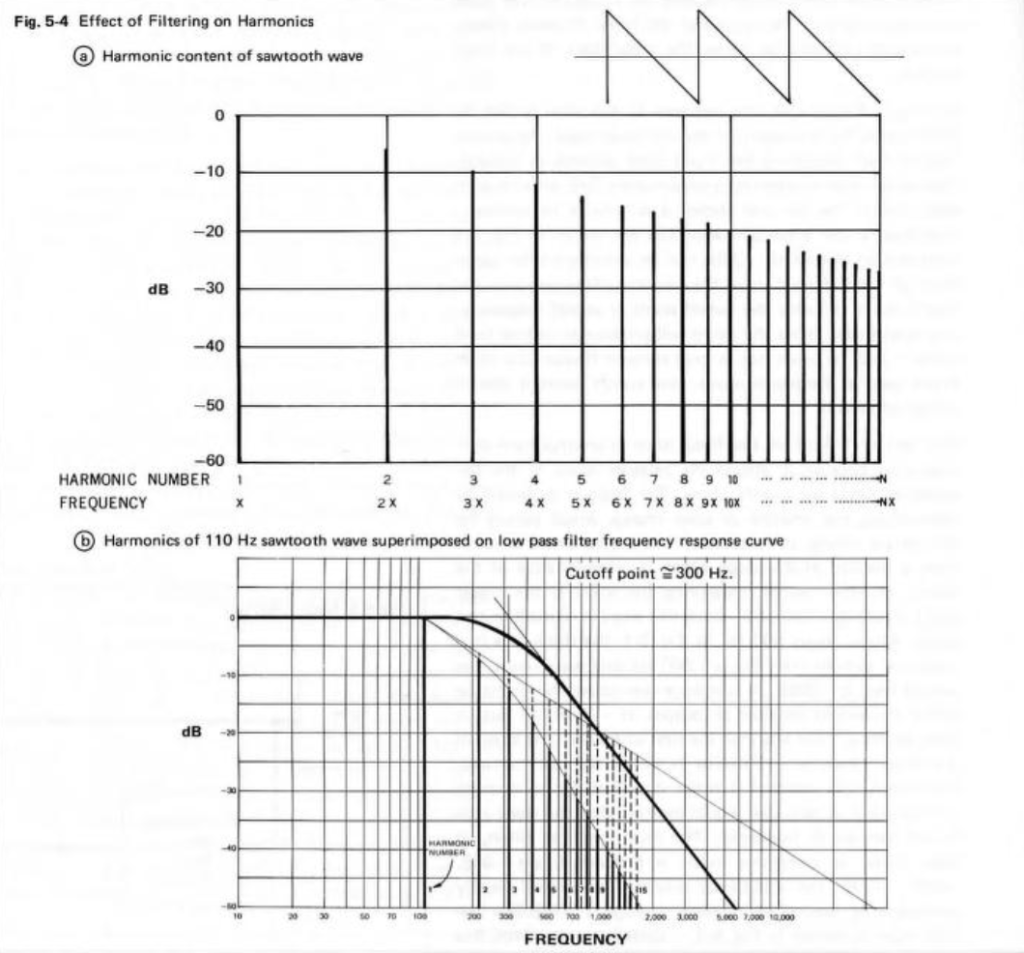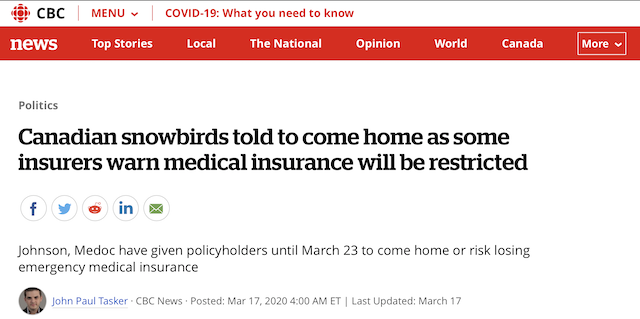I found this document from Roland, published in 1978. The information in here is still valuable – and presented as an excellent introduction.

I found this document from Roland, published in 1978. The information in here is still valuable – and presented as an excellent introduction.

Back when I was at McGill, one of my fellow Ph.D. students was Mark Ballora, who did his doctorate in converting heart rate data to an audible signal that helped doctors to easily diagnose patients suffering from sleep apnea.
This article from Science magazine in 2017 talked about Mark’s later work sonifying astronomical data, but I was reminded of it in a recent article on the BBC about researchers doing the same kind of work.
#1: You have to drive to a meet someone at a specific time. Let’s say that you only have to drive on one road to get there, and the speed limit is the same the whole way. You calculate the time it will take to get there on time, and you start driving – but there’s traffic. So, you wind up driving half the distance at half the speed, then the traffic disappears.
How fast do you have to go the rest of the way to arrive at the meeting on time?
#2: You’re driving on a two-lane highway where the speed limit is 70 km/h. You are driving 100 km/h, and you pull into the left lane to pass someone who is driving the speed limit. Everything about the car you’re passing is identical to yours – even the driver weighs the same as you do. At the instant that you are side-by side, a train appears across the road in front of you and stops. You both hit the brakes at exactly the same time to try and stop from hitting the train.
Luckily, the person in the other car stops just as his bumper touches the train, let’s say 1 mm before touching it… But, because you were driving faster, you cannot stop in time.
How fast are you going when you hit the train?
#1. Most people instinctively say “double the speed limit” to make up the lost time. However, this is not the right answer.
Let’s say that the meeting is 100 km away, and the speed limit is 100 km/h. Therefore, it should take you 1 hour to get to the meeting.
If you drive half the distance (50 km) at half the speed (50 km/h), then at the moment the traffic clears up, you should have been at your destination. So, you would have to drive infinity km/h to get there. However, since teleportation doesn’t exist yet, you might as well just call and tell them you’ll be late.
#2: This one is a little tougher, but it should be pretty intuitive for someone working in audio. A car’s brakes work by taking the energy in the car’s momentum, and converting that to heat in the brake discs. The key word there is energy.
So, the question is: if you consider the amount of energy removed from the car going 70 km/h, and take that out of the energy in the car going 100 km/h, how much energy is left?
The answer is 70 km/h. For someone in audio, this might look like a familiar answer, since 0.7 V has half of the power of 1.0 V (assuming identical loads). In the case of the cars, it’s because the amount of power (the amount of energy that’s transmitted over time – in this case, to heat the brakes) to bring the car from 70 km/h to 0 km/h is identical to the amount of power it takes to bring the same car from 100 km/h to 70 km/h. (An audio geek might joke that 70 km/h is 3 dB slower than 100 km/h.)
Slow down. You’re not going to make it to the meeting anyway, and driving a little bit faster means you’re going to hit the train much harder than you think.
These days, I’m spending a lot of time wrapping my head around the relationship between the frequency and the time responses of filters. In doing so, I’m digging into the concept of “Q”, of course. As a result, I’m reading my old books and some Internet sites, and I’m frequently presented with something like the following:

That, of course, is from the Wikipedia entry on “Q”.
However, in the Bell Telephone System Technical Publication – Monograph 2491, called “The Story of Q” by Estill I. Green ( published in the American Scientist, Vol 43, pp 584-594, in October 1955), it states:
“For a time, Johnson* designated the ratio of reactance to effective resistance of a coil by the symbol K. It was in 1920, while working the practical application of the wave filter which G. A. Campbell had invented some years before, that he for the first time employed the symbol Q for his parameter. His reason for choosing Q was quite simple. He says that it did not stand for ‘quality factor’ or anything else, but since the other letters of the alphabet had already been pre-empted for other purposes, Q was all he had left.”
So, if we’re going to be pedantic (which I love to be) there are two errors on that Wikipedia page. Firstly, Q does not stand for Quality. Secondly, it’s not the “Q factor”, it’s just the “Q”.
As an aside, that monograph is not only informative, it’s fun to read (depending, of course, on your definition of “fun”). For example, near the end of the paper, Green applies Q to rotating bodies (which is not a surprise, since an audio-wave oscillation is just a rotation represented in two dimensions). In that section, he points out that the rotation of the earth is slowing down due, in part, to tidal friction. Consequently, the length of a day is increasing at a rate of 0.00164 second per century, which would make the Q of the rotation of the earth equal to about 10,000,000,000,000 (10^13).
* K.S. Johnson worked in the Western Electric Company’s Engineering Department, which became Bell Telephone Laboratories in 1925.
Dear Government of Canada,
I know these are strange times. And I know that you have your hands very full right now. And, personally, it seems to me that you’re doing a damned fine job of dealing with the hand that was dealt – certainly as good as anyone’s government. And I know that, when you make a decision or a recommendation, you can’t consider all exceptions and examples … but here’s the thing…
Lately you’ve made one or two recommendations that, in my opinion, aren’t necessarily the smartest – but let me explain.
My mom, who’ll turn 80 later this year, lives in St. John’s, Newfoundland and Labrador. She’s in great shape, so she spends a lot of her time visiting her children and grandchildren. I live in Denmark, and my two sisters live on opposite ends of the United States.
Back before the COVID-19 pandemic even had a name of its own (we still non-specifically called it “the Corona virus” in those days…), Mom flew to the States to visit my sisters. Then, the world exploded.
Fast-forward to now and you’re telling her that she should get on a plane and fly from Los Angeles to St. John’s just in case she contracts the virus. That way, if she does, she’ll be in Canada.
However, right now, she’s self-isolating in a house in Los Angeles with my sister and her family, where she’s probably in a much better position to avoid getting sick than if she sits in airplanes and traipses through airports for a day, trying to get across the continent.
So, basically you’re recommending that she should increase her risk of getting sick, just in case she gets sick…
Now, I’m no epidemiological expert, but it seems to me that this is neither logical nor just plain common sense… except if you’re only thinking financially…
Luckily, she happened to buy her travel insurance with a company who is honourable enough to cover her to the end of the contract (thanks again, Desjardins!), instead of weaselling out on the deal like a lot of other insurance companies…

However, this will only get her to the end of April. And, based on how things are looking right now in Italy, that won’t be long enough to improve the odds much.
She could extend her policy, but her coverage will exclude any COVID-19 related illness. Similarly, no insurance company will cover her for COVID-19 if she takes out an insurance policy now…
So, it seems to me that the smartest thing for her to do is to stay where she is – to avoid getting sick.
However, if you say she must come home, she’s trapped between a rock and a hard place – stay safe without insurance, or go home to get the pre-paid health care? Decisions, decisions.
Not only that, but I read on the news that she’s not the only one…

… So apparently, there are lots of Canadian senior citizens outside of Canada who are in exactly the same situation, faced with exactly the same dilemma.

So, I’d like to make a suggestion:
Instead of recommending to Canadian citizens abroad that they should (or, seeing not very far into the future, must) come home, why not tell them to stay safe by staying-put – and tell the insurance companies that they have to extend the policies until the dust has settled? Maybe you could offer to cover the insurance companies with an insurance policy of your own…My guess is that, in the end, if the people out there are as scared as the rest of us, they’ll protect themselves, stay healthier, and wind up saving everyone money – and keeping more hospital beds free for the people that will need them.
Thanks!
-geoff martin